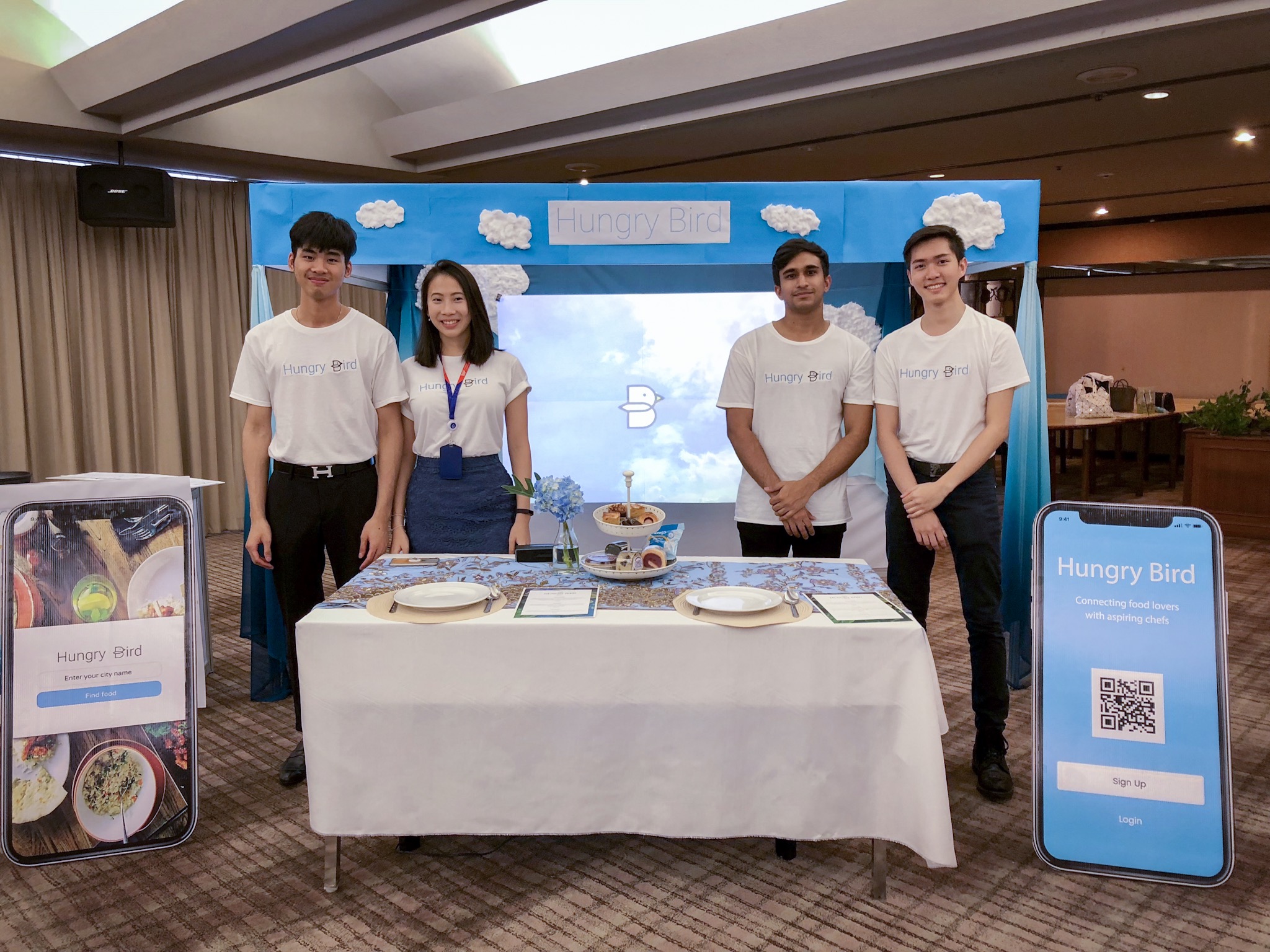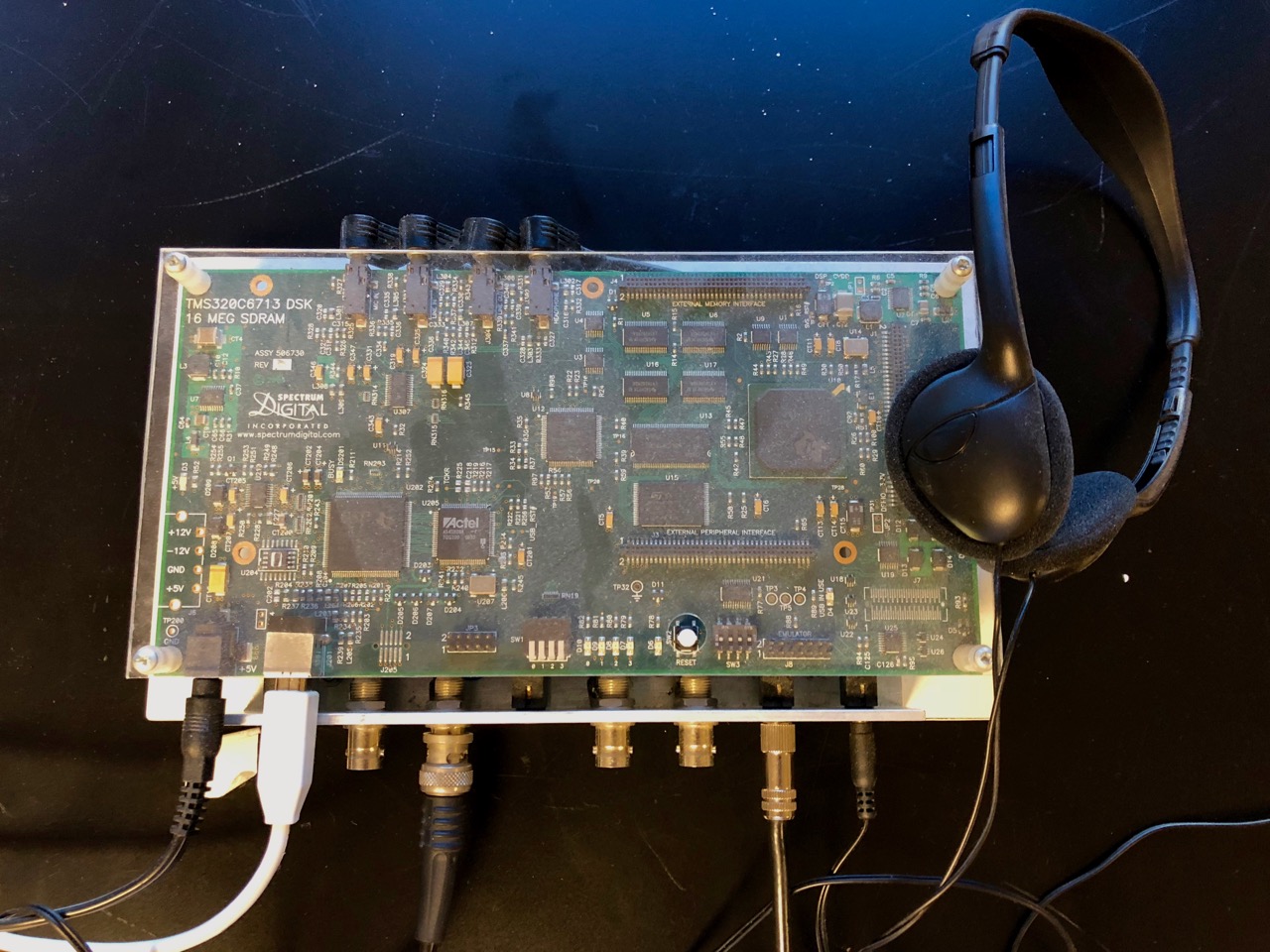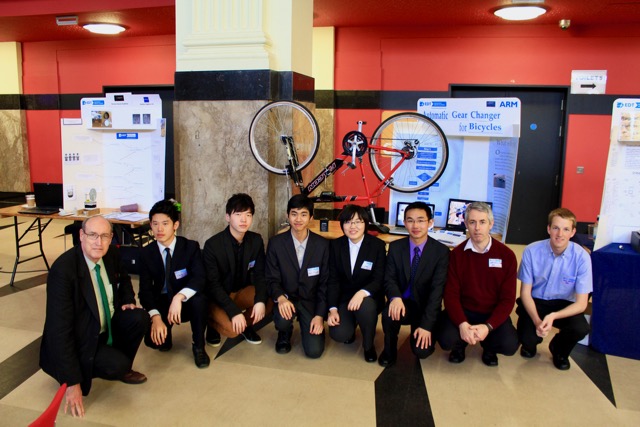Experience
Microsoft Visual Studio Code IPE
In collaboration with Microsoft, the developed open-source extension successfully create an interactive programming experience that combines the rich editor experience of Visual Studio Code with the interactive programming functionality of Jupyter Notebook. The main aim is to make VS Code the tool of choice for data scientists.
Microsoft was very pleased with the product we delivered and praised the success of the product launch at the hack booth presentation.

Bangkok Bank Summer Intern

Devised Hungry Bird, a food service platform that focuses on the prevalence dietary requirements (vegan, gluten-free) through the formation of a social marketplace, with complete business plan and web prototype. Coordinated a corporate social responsibility campaign to encourage contribution from young individuals
Thai Airways Technology Summer Intern

New flight plan software was developed to integrate with present frameworks and improve simulation functionality. Also, a new low-cost instrument with a goal to increase visual testing accuracy was designed and prototyped. Knowledge in computer simulation systems, aircraft avionics, global verifications and airline business were experienced all through.
IBM Computer Architecture Workshop

The session offered an opportunity to compete in a simulated case study to deliver architectural solution from high-level requirements.
Project
Toolbox for Developing Biometric Database

Developed a desktop toolbox application to facilitate manual scientific data marking process by providing a wide range of functionalities in relevance to annotation through a user interface and database management. Custom backend builds and dynamically administers the underlying metadata, making it possible to save and restore the project state at any instance. User testings show to drastically speed up the conventional annotation process on an average of almost twice as fast while reassuring to help with error reductions.
CaterPillar
Created a personalised smart pill organiser, incorporating an electronic pillbox with integrated tablet user interface and smartwatch, to improve medication adherence and reduce errors with adaptive reminders. The individual user model is built via the information obtained from the wearable device and pillbox activities, and the system shall respond at appropriate times and methods to actively encourage the medication intake. The response time is used to continually adapt the model for optimal use of reminders which are defined by timings, intensity and methods. Correctness is monitored via active verification and pill presence, and such information together with user routine adherence and medication details are recordedand and available to the caregiver from within the application.
Silver Retriever

Developed a robot equipped with sensors, custom-built electromechanical storeage compartment and onboard connectiontion to the cloud, which can be dispatched to deliver an item according to the user’s requirement via a web application. The robot itself is always automatically avoiding obstacles along the way and both sending and receiving users he user can receive real-time status, location and video update from the robot via an online webserver.
Table Tennis 3D-Swing Analyser Glove
Utilising the systems of a microprocessor, magnetometer and accelerometer, all embedded to a sporting glove, the final product is able to track the angle, direction and acceleration of hand movement. The system autonomously sends the data over a wireless communication to the server, where the analysis is carried out and any successful swings and individual feedback/records are output in real-time, capable of guiding a person how to play table tennis on his own.
Noise Cancelling System

The project is a real-time speech enhancer which can remove noise from a speech signal while leaving the speech intact. With the utilisation of a specialised TI C6000 DSP, an existing complex FFT routine is used to perform real-time spectral analysis on the triple-buffering technique for processing frames of data. By performance evaluation of different enhancement technique combinations in various scenarios, the most efficient solution can be finalised for all environments.
C Compiler

A working C90 to MIPS Assembly Compiler was designed and implemented from scratch, starting from the Lexer to covert input characters into lexical tokens sequence, then Parser to perform C syntax analysis and build abstract syntax tree of hierarchical data structure, to the corresponding code generation process for the AST to complete the compiler. All along the progress, the compiler components had been tested manually and with bespoke test suites for correction. It is possible to assemble and link the output code against a C run-time that will execute correctly on a MIPS processor as emulated by qemu-mips.
MIPS CPU Simulator

In order to solidify the understanding of how an instruction processor actually functions, the project is to create a MIPS software simulator from scratch involving completed instruction operations and associated data paths. In addition, a separate test suite was developed to drive and verify simulator behaviours to correct functional operations. This has provided an opportunity to explore the importance of good specifications, in terms of functionality and requirements of software and digital design.
Connect Four Referee
The system developed is a board game monitoring system to track current game play and display winning combination using real-time parallel image processing via a Field-Programmable Gate Array (FPGA) and a camera module. The system design involved continuous extraction of meaningful camera input, the main data analysis and the feedback VGA output to the monitor. The project exploited the design of digital systems by a High-Level (HLS) tool to describe the hardware, and provided understanding in the technological potentials and limitations in human-computer interactions.
2048 Game

With the uprising popularity of quick puzzle game on mobile devices, the aim was to recreate the famous sliding block puzzle game in C++ with a command-line user interface. The project provided an opportunity to familiarise with coding design approaches, user-interactions and complex data structures, with sheer joy in testing the game at the same time.
Automatic Gear Changer for Bicycle

The project was an automatic gear change for bicycles with the main objective to automatically produce more efficient driving power from the gearing mechanism and enhance the user experience. The system was constructed into 3 basic components: input, processing and responding units. Current speed and gear data are simultaneously sent to the microprocessor located in the main board to analyse, calling an instance to decide which gear is most suitable for each situation and operate the gearing mechanism, which is custom designed to function efficiently with the software we developed and the hardware of the bicycle. All through, we have worked closely with the engineering teams from ARM Ltd to improve utilisations, and in the end, received the national Gold CREST Award from the British Science Association (BSA).

